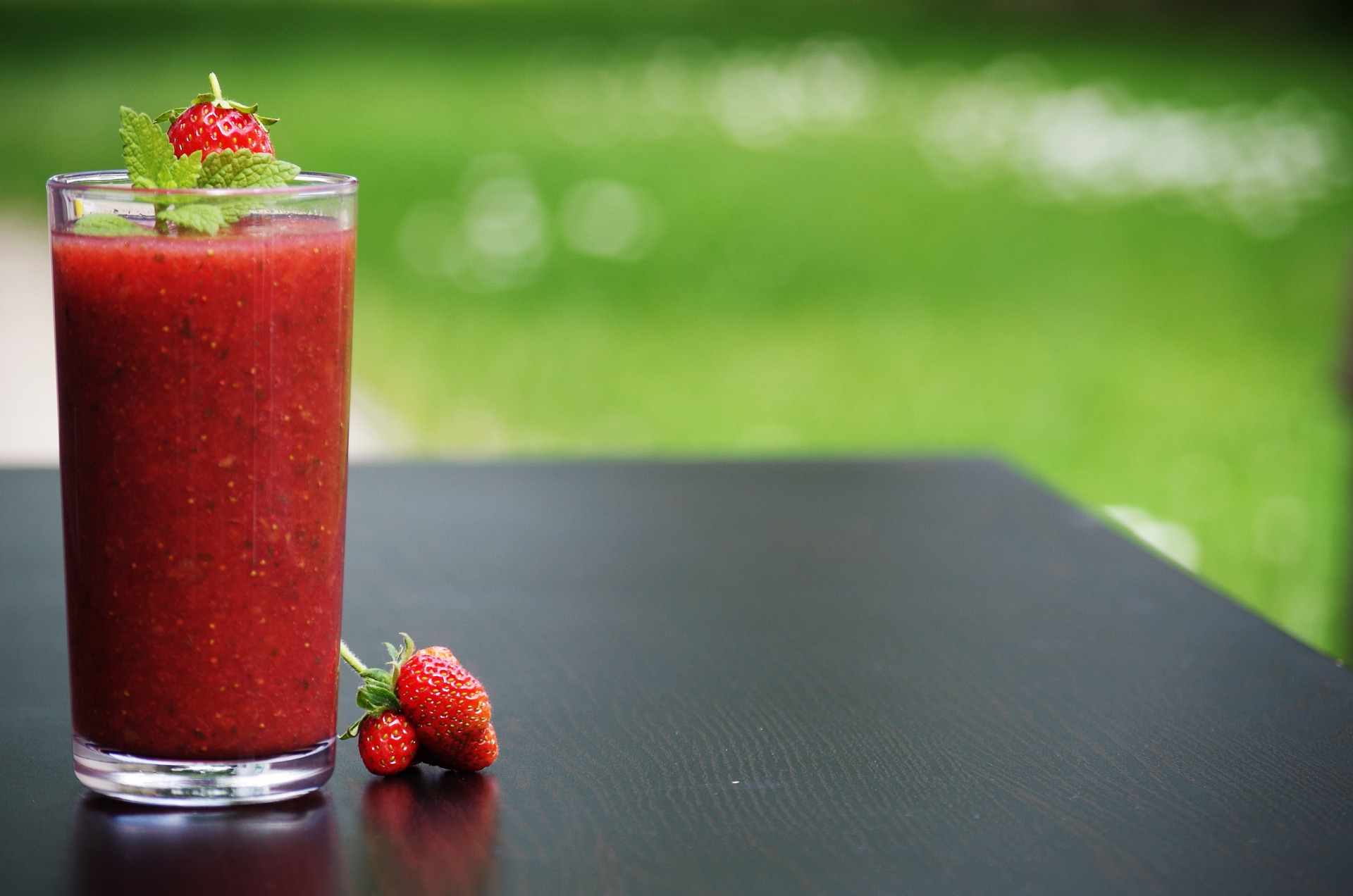The Uncharted Culinary Territory: Discovering Hawaiian Cuisine
The vibrant ecosystem of the Hawaiian Islands has given birth to a unique cuisine that's far beyond the typical tropical stereotypes. This article embarks on a culinary exploration of Hawaiian gastronomy, revealing its diverse influences, innovative recipes, and evolution in the modern food scene.
The Melting Pot of Flavors: Influences in Hawaiian Cuisine
Hawaiian cuisine is a colorful tapestry of flavors, deeply influenced by the diverse cultures that have settled in the islands over centuries. The Polynesians, the first settlers, brought taro root and pigs, while immigrants from China, Japan, Korea, and Portugal introduced soy sauce, fish cakes, kimchi, and chorizo. Each wave of immigrants added their culinary thumbprint, creating a vibrant, multi-cultural cuisine that’s distinctly Hawaiian.
Savoring the Staples: Unique Ingredients in Hawaiian Food
The tropical climate of Hawaii yields a bounty of unique ingredients. Root vegetables like taro and sweet potato, tropical fruits like pineapple and papaya, and a variety of fresh seafood are integral to Hawaiian cuisine. A standout is the use of ‘Spam,’ a canned pre-cooked meat product, embraced by Hawaiians post-World War II and now a beloved staple.
Innovations in Paradise: Modern Trends in Hawaiian Cuisine
Hawaiian culinary innovations are making waves in the global dining scene. Poke bowls, originally a humble fishermen’s dish, have become a worldwide sensation. Modern Hawaiian chefs, like Sheldon Simeon and Ed Kenney, are redefining Hawaiian cuisine, focusing on local ingredients and traditional recipes, but with a contemporary twist.
The Hawaiian Experience: Signature Dishes to Try
-
Poke: Cubes of raw fish, usually tuna, marinated in soy sauce, sesame oil, and fresh seaweed.
-
Spam Musubi: A sushi-style roll with a slice of grilled Spam on a block of rice, wrapped with nori.
-
Kalua Pig: A traditional Hawaiian dish of slow-roasted pig, cooked in an underground oven.
-
Haupia: A coconut milk-based dessert, set into a gelatinous consistency, and cut into squares.
The Unseen Side of Hawaiian Cuisine: Surprising Facts
-
Taro, a starchy root vegetable, is so important in Hawaiian culture that it’s considered an ancestor.
-
The famous Hawaiian pizza, with ham and pineapple, wasn’t invented in Hawaii but in Canada.
-
Poi, a traditional Hawaiian staple made from taro root, has a mild flavor that pairs well with strongly flavored dishes.
In conclusion, Hawaiian cuisine is a fascinating blend of various cultural influences, unique ingredients, and innovative trends. It offers a culinary journey that’s full of surprises, from its humble poke bowls to its beloved Spam. As you delve deeper, you’ll discover that Hawaiian food is much more than just tropical clichés — it’s a culinary language that tells the story of its people, culture, and history. So, why not take a plunge into this uncharted culinary territory and discover the true flavors of Hawaii?





